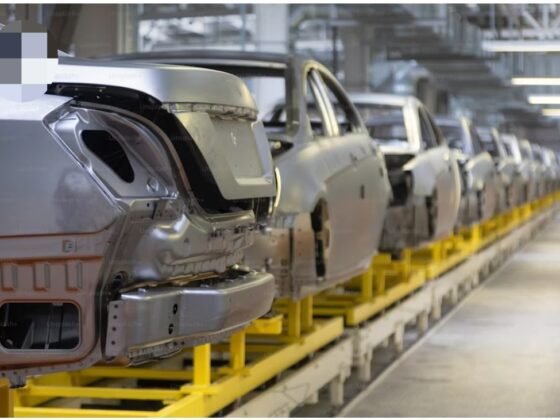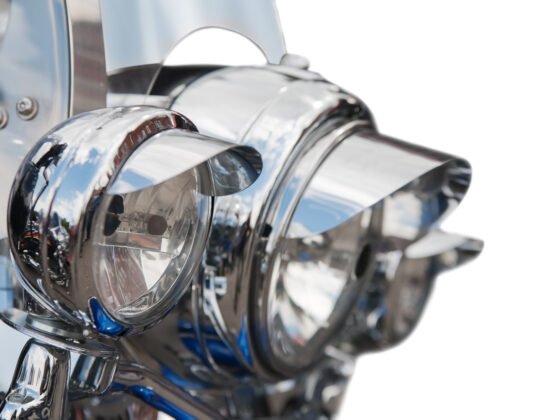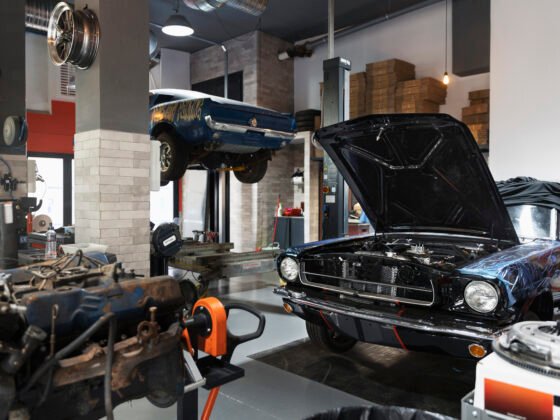The automotive industry is undergoing a transformative shift, embracing technologies and practices that prioritize sustainability, efficiency, and minimal environmental impact. Clean automotive, a term that encompasses eco-friendly vehicles and the innovative systems that power them, is at the forefront of this revolution. As climate concerns mount and consumer demand for greener alternatives grows, clean automotive solutions have become an essential part of the journey toward a sustainable future.
What Is Clean Automotive?
Clean automotive refers to vehicles and automotive technologies designed to reduce carbon emissions, optimize fuel efficiency, and minimize their overall environmental footprint. This includes electric vehicles (EVs), hybrid cars, hydrogen-powered vehicles, and advancements in sustainable materials and manufacturing processes.
The shift toward clean automotive is driven by several factors:
- Regulatory mandates: Governments worldwide are implementing stricter emissions standards.
- Consumer demand: More people are opting for eco-conscious transportation.
- Technological advances: Innovations in batteries, hydrogen fuel cells, and lightweight materials have made clean vehicles more viable.
Types of Clean Automotive Solutions
- Electric Vehicles (EVs) EVs are powered entirely by electricity, stored in batteries. With no tailpipe emissions, they represent a significant step toward cleaner air. Leading brands like Tesla, Nissan, and Volkswagen have popularized EVs globally.
- Advantages:
- Zero emissions
- Low operating costs
- Reduced dependency on fossil fuels
- Challenges:
- Battery production’s environmental impact
- Limited charging infrastructure in some regions
- Advantages:
- Hybrid Vehicles Combining a traditional internal combustion engine with an electric motor, hybrids are a bridge between conventional and electric cars. They offer improved fuel efficiency and reduced emissions without the range anxiety associated with EVs.
- Advantages:
- Greater fuel economy
- Lower emissions
- No reliance on charging stations
- Challenges:
- Still reliant on fossil fuels
- Higher upfront costs compared to traditional vehicles
- Advantages:
- Hydrogen Fuel Cell Vehicles Hydrogen-powered vehicles convert hydrogen gas into electricity, emitting only water vapor as a byproduct. Automakers like Toyota and Hyundai are leading the charge in this area.
- Advantages:
- Zero harmful emissions
- Quick refueling times
- Longer range compared to most EVs
- Challenges:
- High cost of hydrogen production
- Limited fueling infrastructure
- Advantages:
- Sustainable Materials and Manufacturing The clean automotive movement isn’t just about what powers a vehicle but also about how it’s built. Using recycled materials, lightweight composites, and energy-efficient manufacturing processes is becoming standard practice.
- Examples:
- Recycled plastics for interior components
- Aluminum frames to reduce weight and improve efficiency
- Solar-powered factories for energy savings
- Examples:
The Benefits of Clean Automotive
- Environmental Impact Clean automotive technologies drastically reduce greenhouse gas emissions and air pollutants. For instance, an EV produces around 50% fewer emissions over its lifetime compared to a conventional gasoline-powered car.
- Energy Efficiency Electric motors are far more efficient than internal combustion engines, converting up to 90% of energy into motion. This efficiency means less energy wasted and more savings for consumers.
- Economic Growth The clean automotive industry is a significant driver of economic development. It has spurred innovation, created jobs in green tech industries, and attracted billions in investments globally.
- Health Benefits Reducing emissions also means improved air quality, which can lead to fewer health problems such as respiratory diseases and allergies.
Challenges Facing Clean Automotive Adoption
Despite its promise, clean automotive faces hurdles that must be addressed:
- High Initial Costs EVs and hydrogen-powered vehicles often come with a higher price tag compared to traditional cars, although falling battery costs are narrowing the gap.
- Infrastructure Gaps Limited charging stations and hydrogen fueling networks remain barriers to widespread adoption. Governments and private sectors must collaborate to expand this infrastructure.
- Battery and Material Concerns The production and disposal of lithium-ion batteries raise ethical and environmental concerns, particularly regarding mining practices and recycling capabilities.
- Consumer Education Many consumers are still unaware of the long-term benefits and cost savings associated with clean automotive technologies, hindering adoption rates.
The Future of Clean Automotive
The future of clean automotive is bright, with several trends pointing toward continued growth:
- Autonomous and Connected Vehicles Self-driving and connected cars are expected to optimize traffic flow, reduce fuel consumption, and enhance safety, complementing clean automotive technologies.
- Advancements in Battery Technology Solid-state batteries promise higher energy density, faster charging, and improved safety compared to current lithium-ion batteries.
- Global Policy Support Many countries are setting ambitious goals for phasing out fossil fuel-powered vehicles, providing incentives for clean automotive adoption.
- Circular Economy in Manufacturing Automakers are embracing a circular economy approach, designing vehicles for easier recycling and reusing materials to minimize waste.
Conclusion
Clean automotive is not just a trend; it’s a necessity. With climate change posing an existential threat, transitioning to cleaner vehicles and practices is imperative. While challenges remain, the industry is making remarkable strides toward a sustainable future. By investing in innovative technologies, improving infrastructure, and educating consumers, clean automotive can redefine transportation and leave a lasting, positive impact on the planet.
The road ahead is green, and the wheels of change are already in motion.










